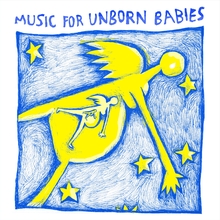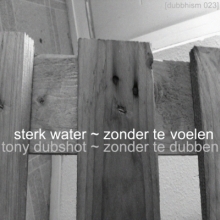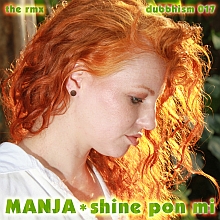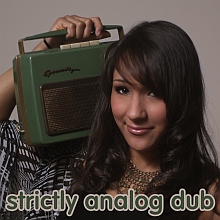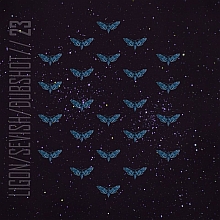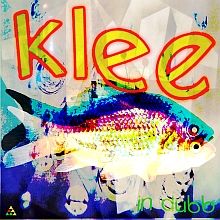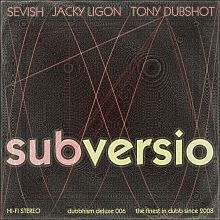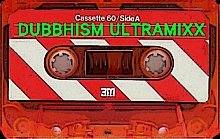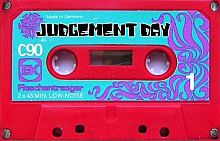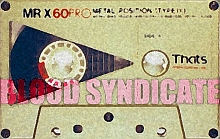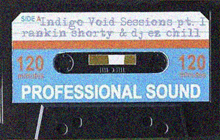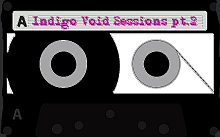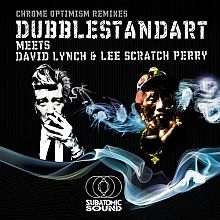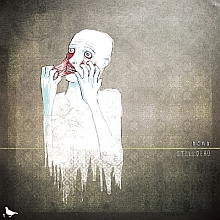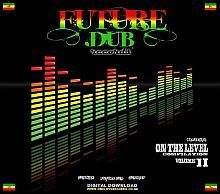
Before we get into Kandinsky's painting styles and the relation with dub music, here's a Susan Sontag quote, taken from Against interpretation (1966).
"Today is such a time, when the project of interpretation is largely reactionary, stifling. Like the fumes of the automobile and of heavy industry which befoul the urban atmosphere, the effusion of interpretations of art today poisons our sensibilities. In a culture whose already classical dilemma is the hypertrophy of the intellect at the expense of energy and sensual capability, interpretation is the revenge of the intellect upon art.
Even more. It is the revenge of the intellect upon the world. To interpret is to impoverish, to deplete the world - in order to set up a shadow world of "meanings." It is to turn the world into this world. ("This world!" As if there were any other.)
The world, our world, is depleted, impoverished enough. Away with all duplicates of it, until we again experience more immediately what we have."
As you may have guessed by now Kandinsky's dubb teachings is not about academic interpretation of art. This series of posts is about imaginary parallels between certain abstract painting styles and dub music, looking mostly at Kandinsky's theories and techniques, not at the deeper meaning of certain paintings.
It's impossible to define what exactly 'abstract painting' is so let's just say that a purely abstract painting is not a landscape or a portrait. It's about something a bit more.. abstract. In itself pure abstraction is not an artistic goal: it's just a vague and slippery (and abstract) concept. That's why it's more practical to look at varying degrees of abstraction. Take for example this spot in the Brazilian jungle.

Obviously this photo is not the real thing. It's just a photo and in many ways it's an abstraction. For example: the exact spot where this picture was taken will look completely different by now. Maybe the trees have grown, or maybe they have been cut down. So this photo isn't very realistic, but still it would not be abstract enough to qualify as abstract art.
Here are some more abstract jungle scenes...


Improvements in photography had a huge influence on the styles and subjects of 19th and 20th century painters. Portraits and landscapes could now be photographed very quickly and realistically - in black and white. This is one of the reasons why many progressive painters tried to come up with something new, and so between 1860 and 1960 there was an avalanche of new painting styles. Realism became a thing of the past, or something to play with.

It's more or less the same thing in music and especially in dub: the effect photography and film had on painters is not unlike the effect electronic sound equipment had on musicians. Before the invention of speakers and amplifiers all music was about live singing and playing of instruments. Some people would call that 'real' music.
Then recording and electronic amplification of sound were invented and people got used to the sounds produced by the vibrating diaphragm of a speaker. It started with recordings of live performances but as studio techniques progressed (cut & paste, artificial reverb etc.) the music itself gradually became more abstract although at the same time technical improvements in recording technique and sound reproduction allowed a higher quality of the sonic image ~ or a more 'realistic' sound if you like.

Right now most producers of electronica and dance music don't have a lot of experience playing 'real' instruments. A laptop containing digital synths, drumloops, fx etc. is enough. That's quite abstract in the sense that it's unlike playing ~ say ~ an acoustic guitar. Although it's very easy to produce professional quality mixes on a laptop nowadays, the interface has become very different. The process of creating electronic music is usually much more intellectual and linear than ~ say ~ a few hours of freaking out and sweating behind a drumset. Naturally these new interfaces and creative processes have a huge influence on the result and on the evolution of new styles.

A producer working with nothing but mouseclicks and buttons is surely missing something, compared to the good old days, but still, with new techniques it's all about how you use them. Albums like Radio Rothko have an interesting kind of vibe, although abstract dubby music does not have to be serious and minimal. In painting, Kandinsky's kind of abstraction is about tangibility, contrasts, colors and depth, but it's also about spatial ambiguity and liveliness. At the end of the day that's more musical than Rothko's paintings.
Abstraction is often associated with minimalism and seriousness but they're not the same thing. And altho dub is supposed to be minimal, a lot of music produced by King Tubby's and fellow dub scientists has in fact many subtle layers of sound, space and inner complexity.
If you really look at it, pure minimalism is more at home in interface design ~ bridging the gap between technique and user ~ than in music or art, which according to most people should grab you by the booboo or have a certain amount of testicular mass.
It's funny: Kandinsky was a teacher at the Bauhaus, where 20th century design was practically invented! Both Kandinsky and his friend Klee experrymented a little bit with 'De Stijl' aesthetics but altho Kandinsky's lines were quite straight during his time at the Bauhaus, his ambiguous 'catch me if you can' games weren't influenced by Mondrian's extremist, purist, calvinist minimalism.



In Kandinsky's theory of art a few ideas keep coming back, like 'inner necessity', which means someting like 'keeping it real'.


One thing Kandinsky disliked was a purely rational view of science. He would stress the importance of chance and intuition, both in art and in science. But how does this work in practice? How does a painter work by intuition? It's of course quite different for each artist. Dream telepathy is a fascinating example. Check out this article by Montague Ullman. He did some interesting research on transmission of images via dreams and he even used paintings as target material :-) If you like this kind of stuff you might also be interested in a book by Robert Aziz called The Syndetic Paradigm.


